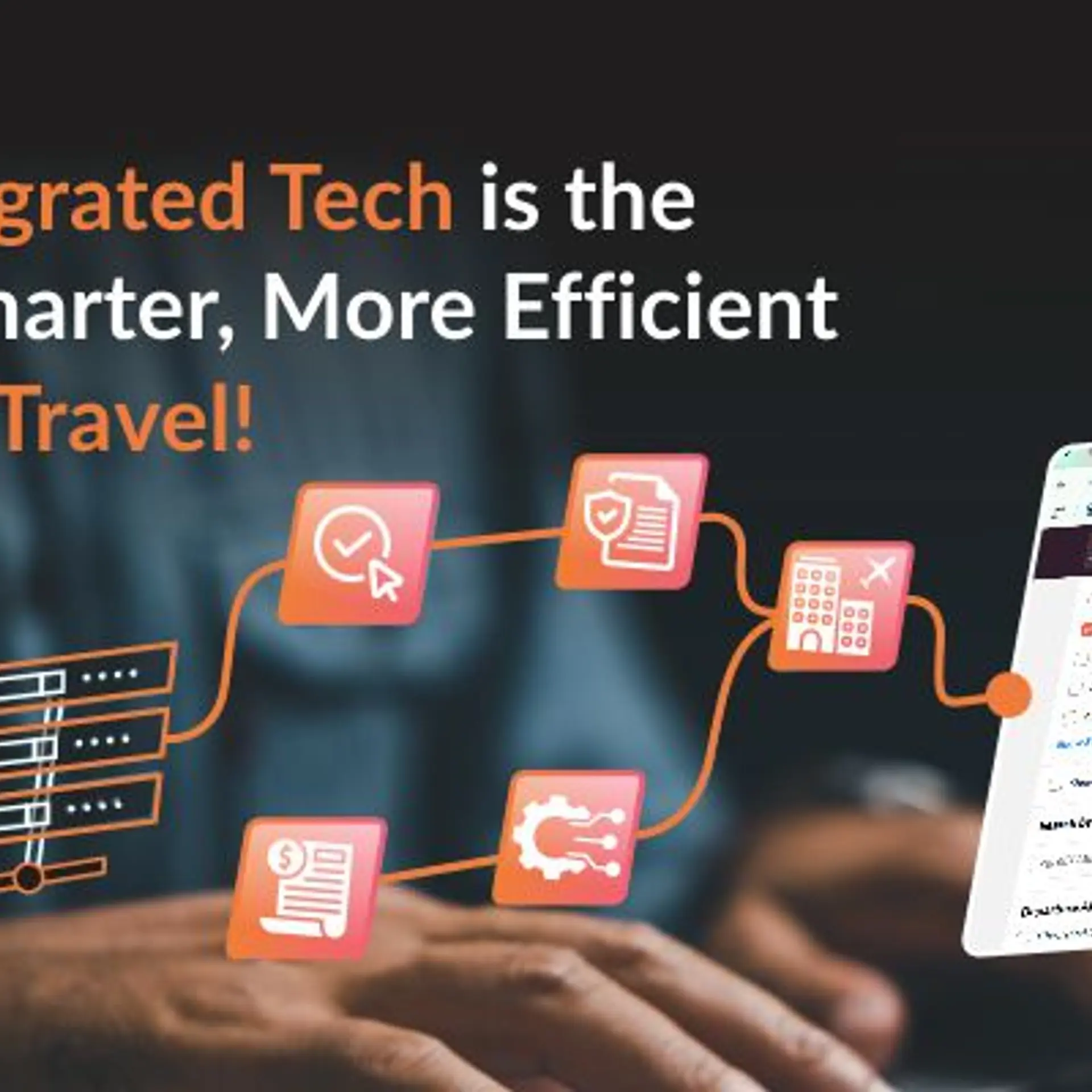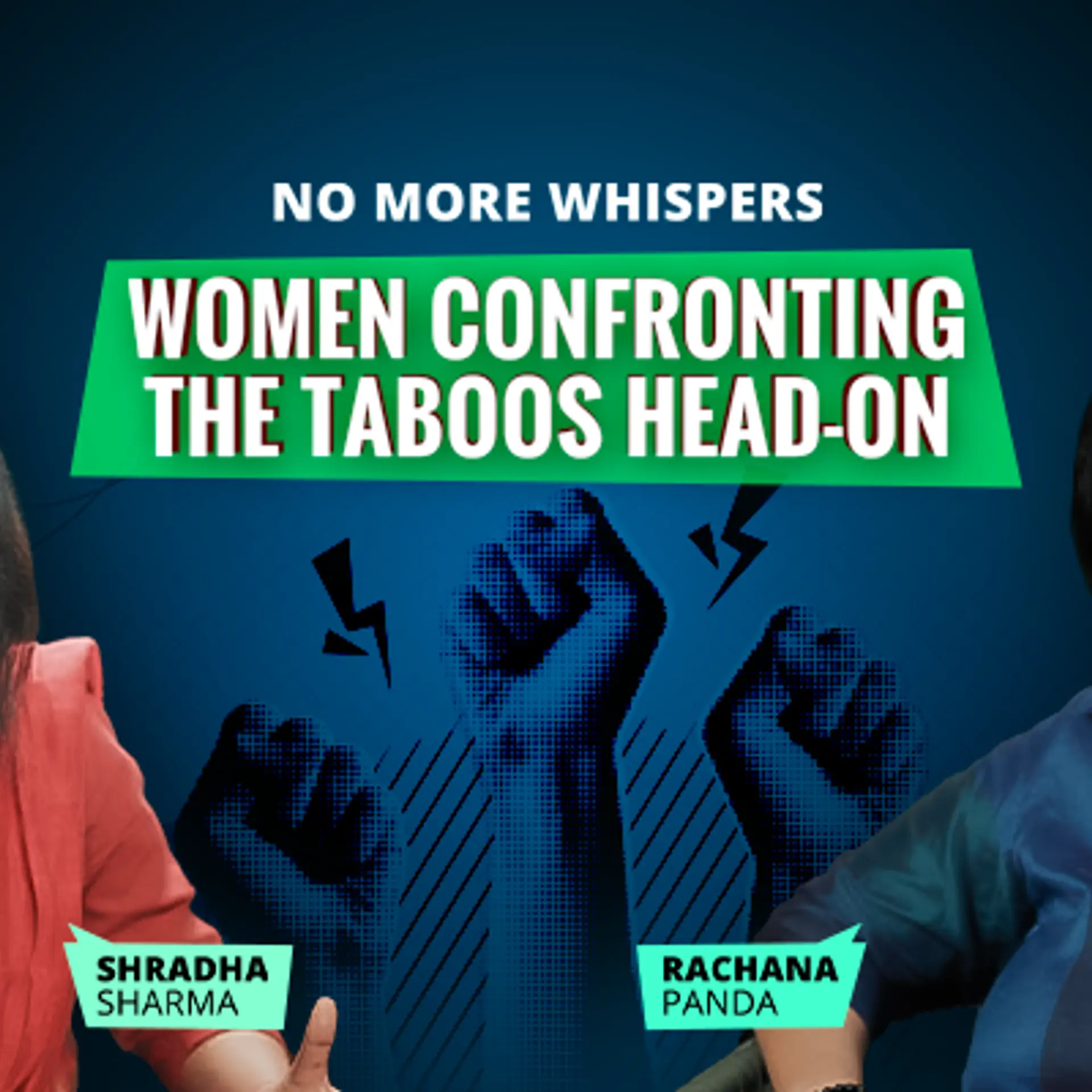

Pricing strategies to use while selling Globally on E-commerce
Whether it's me, you or your domestic/international customer —whenever it comes to buy something online, it's the price and value for that price we all are most concerned of.
According to the data of Strategy&, the most important factor that’s affecting the online purchasing decision by almost 60% is -- Pricing
Almost 90% of online shoppers spend their time online to hunt down the best deal and offers for the product they’re willing to purchase.Pricing not only depends on the product, but also the location where it is being sold, your consumers requirement for that particular product and lastly the demand.
In the era of digitization and e-commerce, growing your local business to global reach is no more a challenging task. Setting up the right price is what something many business owners still consider as a troublesome area.
Now, let’s have a glance at some of the effective pricing strategies that can be used while doing your e-commerce business globally.
Types of Pricing:-
1) Psychological Pricing
It is believed that pricing also has an impact on the psychology of buyers which can be:
→ Price-tag of different shapes, sizes.
→ Name (such as calling club membership as Gold membership )
→ Color- (study by WhichTestWon found that changing a website’s call to action button color from light green to yellow raised conversion rates 14.5%).
→ The environment where the product is sold and many more.
Let’s see some elements/factors of pricing which has an impact psychologically.
- Odd Pricing: We all know and also experienced ourselves the power of price tag which is ending with ‘9’ instead of ‘0’. For example: tagging a product for $29 instead of $30. It is examined that utilizing this strategy, would not only increase your conversion rate but also boost up your annual revenue !!
- Decoy Pricing: It’s a clever pricing strategy, in which the high-priced item is made look more attractive among the competitive one.
Let say, you’re buying a popcorn, which is available in 2 basket size:
→ Small: 2$
→ Large: 5$
You as a buyer most probably would buy the Small basket because you would be thinking that spending 5$ on popcorn is not that much worthy. But, what if a new basket-size is introduced by the popcorn maker which is ‘Medium’ sized and it costs $4.5?
→ Small: 2$
→ Medium: $4.5
→ Large: 5$
Again you went to buy the popcorn and now your brain started talking to you (while you looking at the rate list) asking- should I go for the medium-sized or the large one.
And finally, your brain’s ‘smart’ calculation came up to the conclusion of buying the ‘Large’ size as the difference was only 0.50 cents.
You see? when the medium-sized basket was not even into the picture you were not even thinking of spending a single penny more than $2. But after the new variant came, you willingly spent $5. That’s Decoy pricing!
2) Skimming:
Also known as Creaming, in this technique a single individual unit is being sold with relatively higher profit margin so that with a smaller number of sales, break-even could be achieved.
Skimming is usually preferred or used by the premium markets or test early adopters.Generally, this strategy is used when a new product with some special or improved features is launched into the market.
The aim of this technique is to “skim” off buyers who are willing to pay more for having the desired product at an early stage of launching; down the line, later prices are lowered when demand from the “early adopters” falls.
Thus, with this technique, you can or may get benefit from high but short-term profits where demand is more due to the newness of the product.
3) Freemium:
A combination of both free and premium (Freemium) pricing generates sales by offering a free item as an incentive to motivate the buyer to purchase a related premium-priced item.
For example, an online startup which sells eye-glasses gave away free frame as an incentive to the buyers who were willing to purchase an eyeglass from their website.
Freemium is used in many of the SaaS/Web Apps/B2B/Cloud applications (whatever) is evolving. But the fact is the idea of ‘free version of the premium product’ Classical Freemium- is losing its popularity as the go-to method for adopting Freemium with other types of Freemium coming into play.
Today, freemium pricing is often used to sell digital products or services. The users with a free account of Dropbox with limited cloud space might get motivated by its experience; this would urge some of them to upgrade to a paid account with more space and features.
4) Dynamic Pricing:
As the name says in this strategy, pricing is set to be flexible (means can be changed anytime) based on the current market demand and supply.
This freedom of flexible pricing gives the retailers and global sellers ability to remain competitive 24*7 by monitoring the price changes in the market (of their competitors too!!) and indirectly boosting profits by 25% on average.
Dynamic pricing is an old strategy yet an effective one. It was also used by Amazon in the year 2000: where they were keeping track of the users who were frequently visiting the same product. And using this tracked data they were able to show different pricing of the same product every time, even after if the users deleted the cookies and web history.
For example, the airline industries frequently keep changing their charges based on the seat we chose, availability, amount of time before the flight departs, traveling season/time.
Using this strategy you may recognize that your potential buyers are not buying from you just because of some pricing issues. So that you can offer them a better deal whenever they visit the same product again.
Omnichannel Pricing
Omnichannel refers to the multi-channel sales approach aiming at providing customers a seamless experience across all channels.
This strategy is mainly used to enhance the user (customer) experience for different channels which can be a mobile device or an app, social media, various online marketplaces, teleshopping, desktop, or a simple brick and mortar store.
When it comes to omnichannel e-commerce, inventory optimization becomes a necessity. But the truth is only 63% of the average retailers have much-necessary inventory accuracy.
With omnichannel pricing, you as a business owner may get an advantage and enjoy more customer trust over other vendors and competitors who price differently on different channels.
Present Local, While Global !!
Would you buy from a website that has pricing currency other than your own local one? The answer is ‘NO’, right? And what if it is your native currency?
Not only you, but it is also observed 92% of online customers more likely to buy a product online if the prices are shown in their local currency. Also, 33% of them are likely to abandon the purchase if the pricing is in US dollar USD only.
Just think of all the successful brands that sell their product online. For instance, let say, Nike – search any product of Nike online you’ll always see its product pricing in your local currency (based on your IP detection).
The Nike Epic React Flyknit running shoe that costs USD-170 in the USA has a selling price of INR 14,595 (USD 203) in India. The same shoe costs SAR 699 (USD 186.40) in the Kingdom of Saudi Arabia and HKD 1,299 (USD 165.55) in Hong Kong.
Thus if you're selling globally on e-commerce then you need to localize the pricing of your products, otherwise, you already know consequences— Abandonment.
Overpricing won't do any harm
Yes, you heard me right!! Setting up the pricing of your products relatively high then the market won't do any harm. Many customers believe that you get what you pay for.
So, if you price too low then your potential buyers would conclude that your -product may be is not built with that good quality or you don't have much to offer (first impression).
Just remember one thing: You’re doing business to make money, and there’s nothing wrong with that. Overpricing not only earns you more profit but also covers overhead expenses and cost of the product/service.
But neither go so high, that customer fears of being taken advantage and your brand is perceived as ‘too costly’!
You know your Business well...
As it’s said, price too low and you will run your business into making a loss or no profit; price too high and you will lose your potential customers as well as existing customers.
So pick a strategy, test it and examine the results. This will help you to make adjustments based on the feedback (result).
Using these strategies in real-market conditions gives you the best insight into taking the right decisions, for your business.




-WE-WILL-SEE-BY-2019.png?mode=crop&crop=faces&ar=1%3A1&format=auto&w=1920&q=75)


